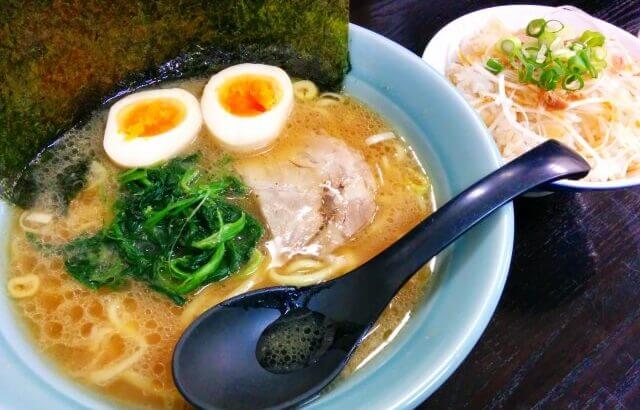The first thing that will likely come to your mind when you hear Japanese food is sushi; however, there is a dish that’s taking over sushi: ramen. This soup with noodles, meat and vegetables have become one of the dishes a lot of people ask for when they enter a restaurant. In this post, you will learn what ramen is and how to eat it anytime you visit Japan or would like to try it anywhere you are.
We recommend you keep in mind all the terms in Japanese because most restaurants use them in their menus and you will avoid having to ask the waiter for the whole menu. – It doesn’t come from Japan. That’s right, ramen was born in China and is believed to have reached the Asian island in the early 1900s, when the Meiji period came to an end and Japan ceased to be isolated from the rest of the world. For example, its etymological origin: the word ramen comes from the Chinese “lamian”, which means pulled noodles. – Rairaiken was the first ramen restaurant to open in 1910 in the Asakusa district; however, the success of this soup comes after World War II, when the food crisis led Momofuku Ando to invent instant noodles. – Noodles are made from wheat flour, salt and alkaline water called kansui. They can be thin, thick, wavy or flat. Thin noodles are called hosomen, thick futomen and regular sized futsuu.
Typical ramen should have three elements: a broth or dashi, a sauce or tare and an oil to add flavor or koumi-abura. Dashi is the base of the soup and is usually broth made with pork bones (tonkotsu) or chicken bones (torigara), although there is also the one that uses fish flakes (katsuobushi), vegetables or seaweed (konbu) or dehydrated sardines (niboshi). As for sauces or seasonings, you can use soy (shoyu), common salt (shio) or miso, which is nothing more than fermented soybean paste. For oils or koumi abura, you can use lard, garlic oil or chili (raayu). Some of the instant ramen do not include this oil to prevent the product from becoming greasy.
There are four main categories of ramen that are divided according to the soup or broth they use: shoyu, shio, miso and tonkotsu. Ramen shoyu is made with soy sauce and chicken or vegetable broth. As it is the most common, it is also known as chuuka soba or shina soba. It has a transparent coffee. The shio is seasoned with salt and is the lightest flavored ramen. Its color is slightly yellow. Those made with miso are combined with pork broth and added butter or fat from the shoulder. Their color is a combination of orange and opaque coffee.
Finally, the tonkotsu ramen, which, as its name suggests, is made from pork bone broth. Its texture is usually thick and creamy thanks to the large amount of collagen it has.
There is no full ramen bowl without toppings. These are the final touches that make the soup extraordinary and perfect for your next Instagram post. Although you could actually add whatever you want, these are the most common: Chaashuu or slices of pork. Tamago or hard-boiled egg. This one may have some flavor or be half cooked. Nori, the traditional sushi seaweed. Negi or Moyashi chives or Menma soy germ or Naruto bamboo shoots or slices of fish paste. They are those little flowers with a spiral that you have surely seen in photos. Horenso or spinach. There are ramens that can include wontons (small empanaditas to the steam of Chinese origin) and even those that serve you the noodles and the toppings apart, so that you can chop them in the broth, this ramen is known as tsukemen.
How do you eat it?
For many, eating this Japanese soup can be quite a challenge, as a special spoon is used for the broth while toppings and noodles are eaten with chopsticks. The traditional way to eat ramen is by sipping noodles followed by a spoonful of broth. And as it is considered a fast food, a plate of ramen should not last more than 15 minutes because after that time the noodles will have absorbed too much water thus ruining their texture.
If you wanna try making ramen in Tokyo not just eat, check here!












